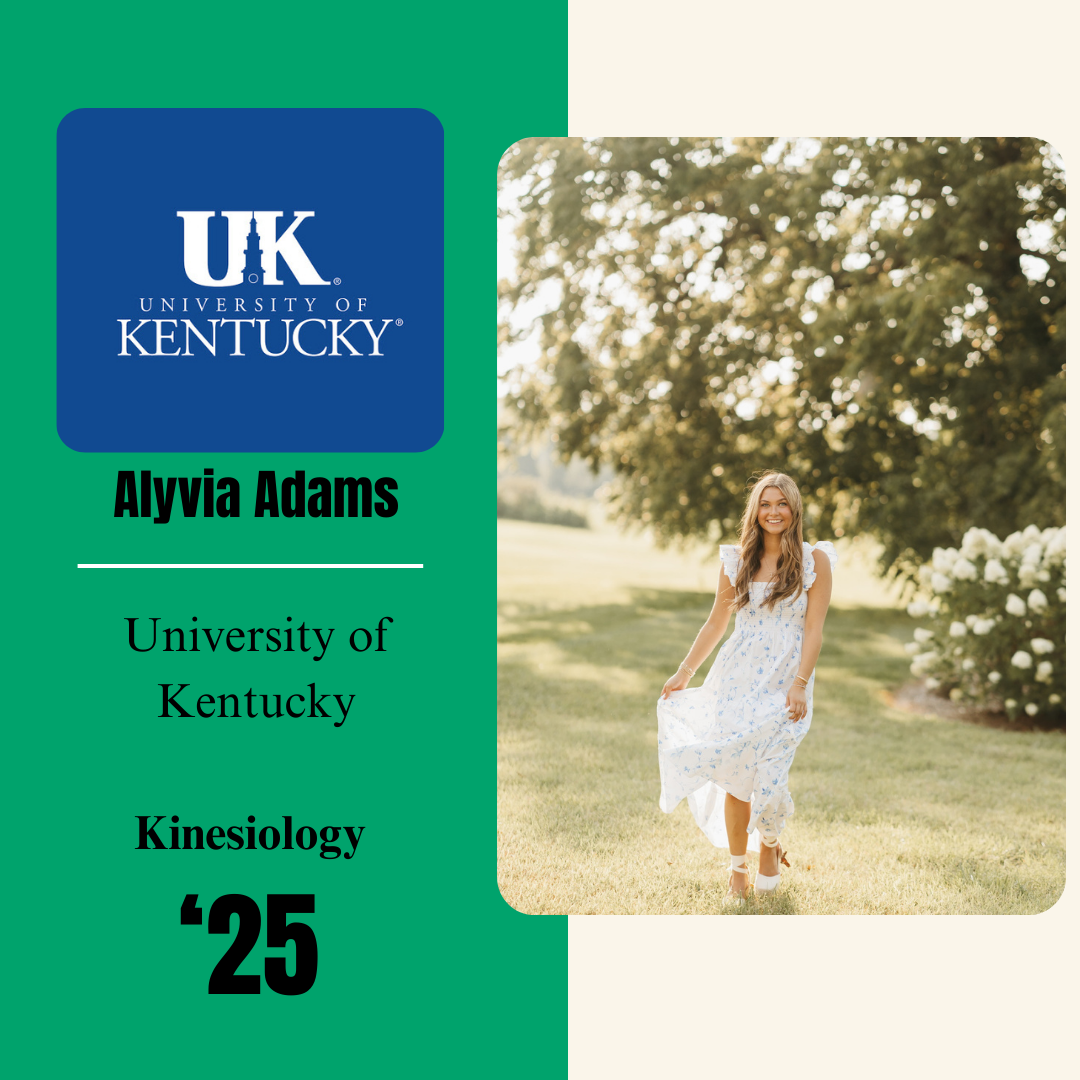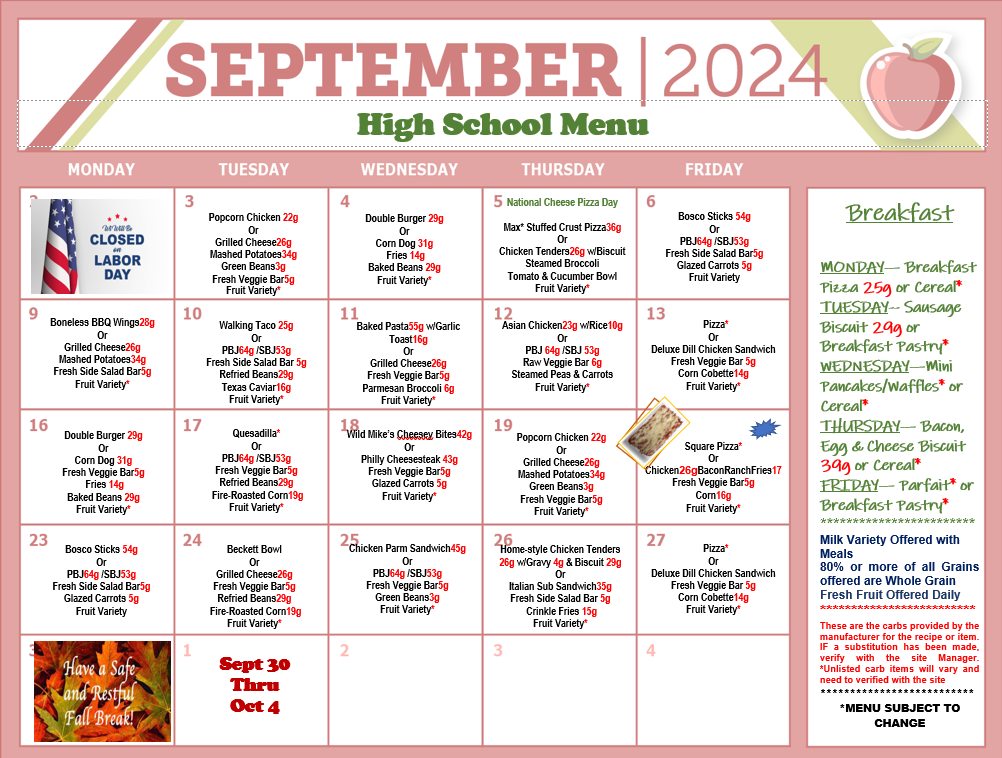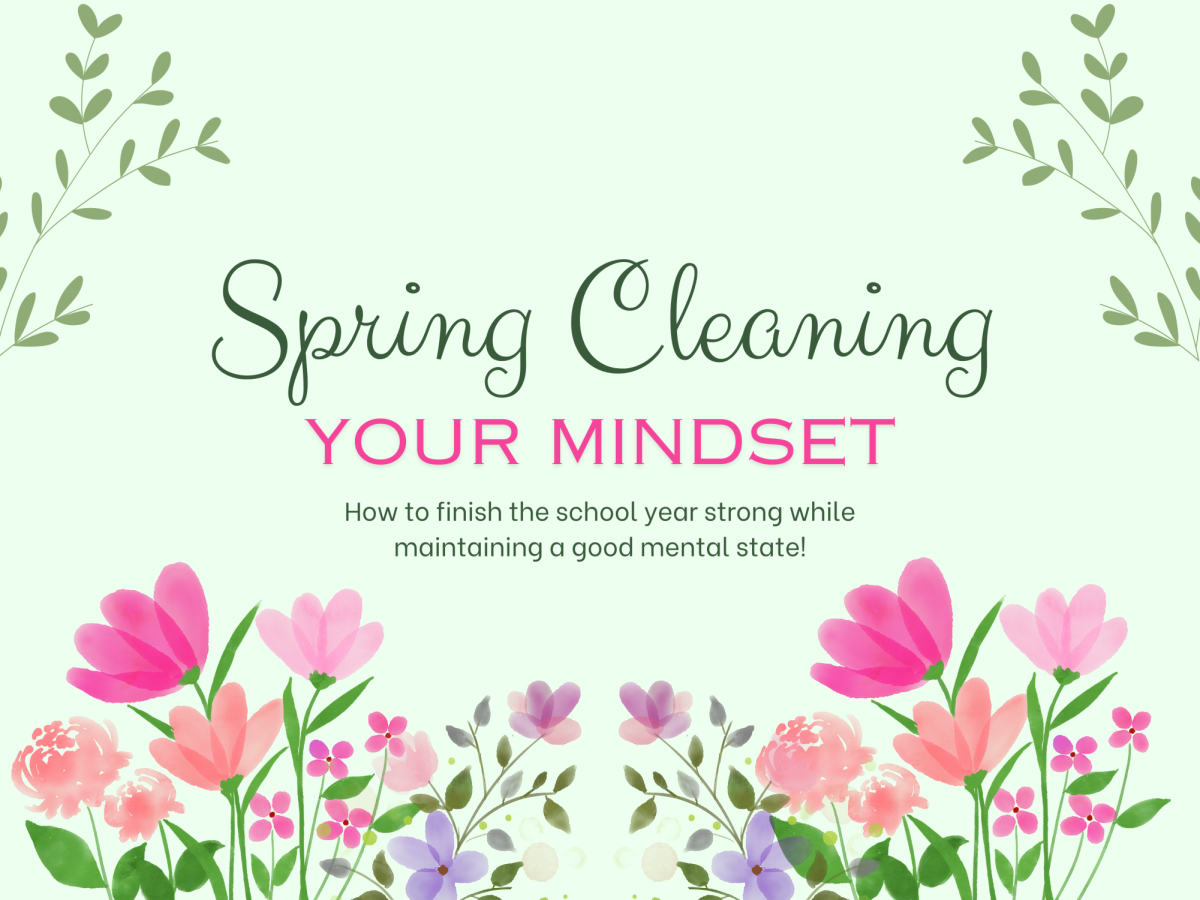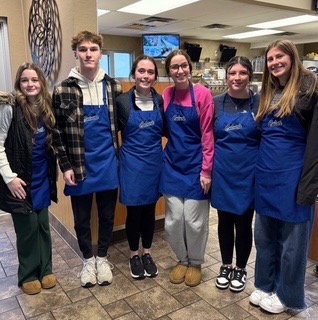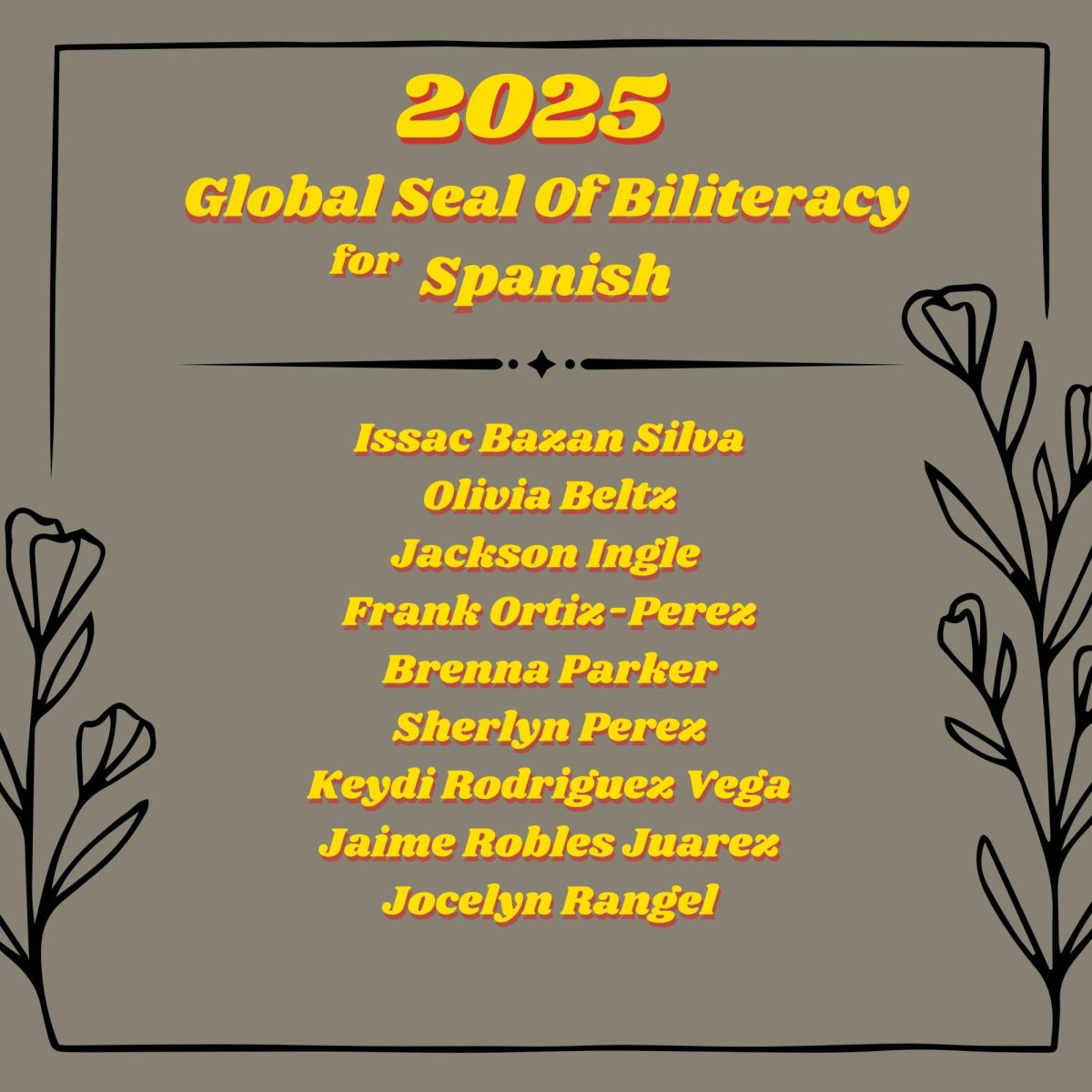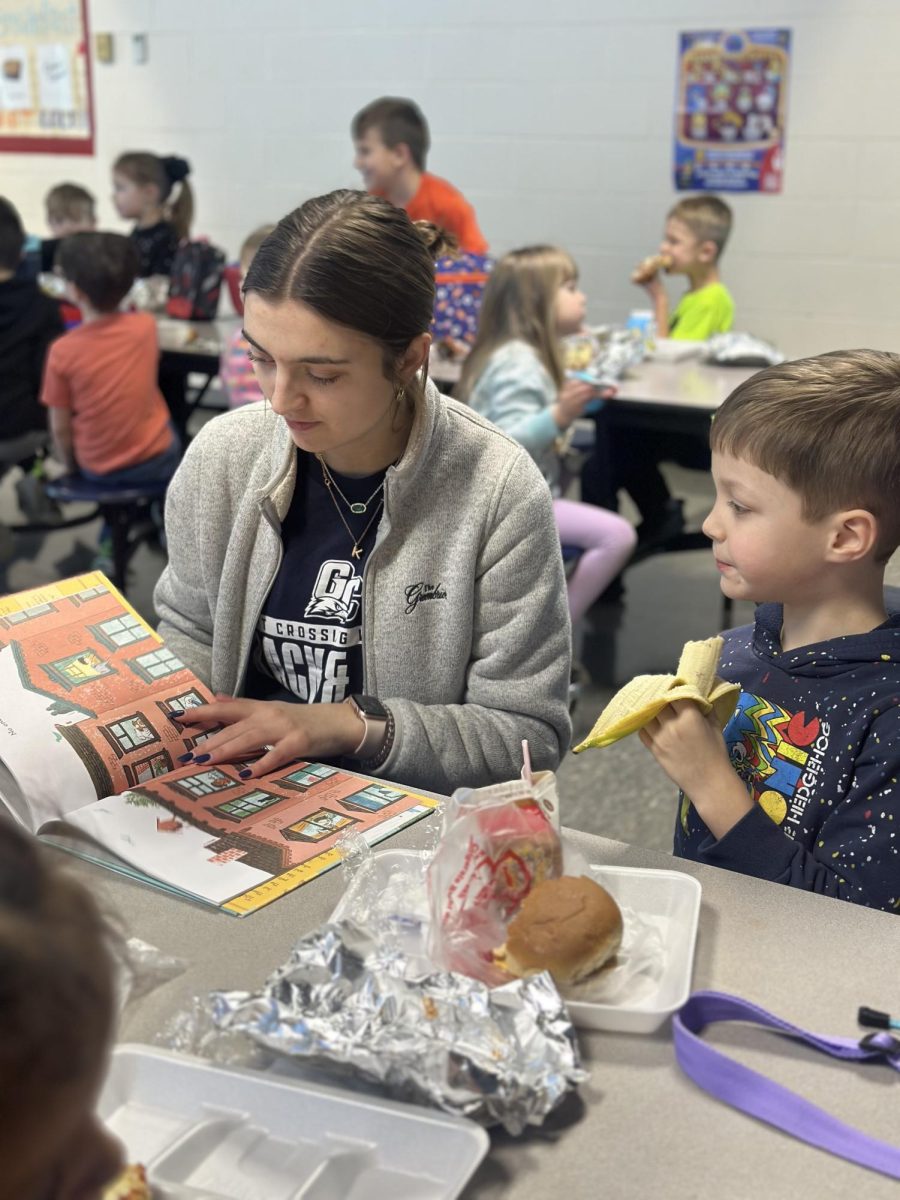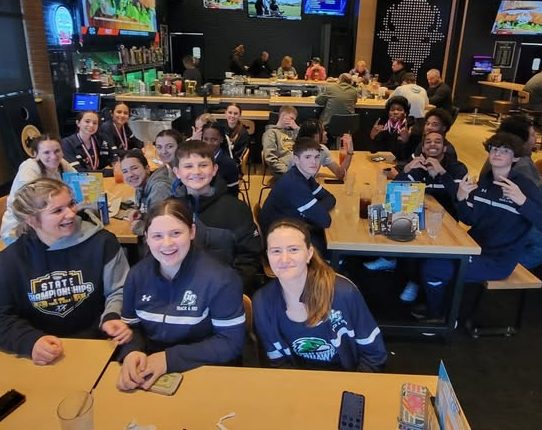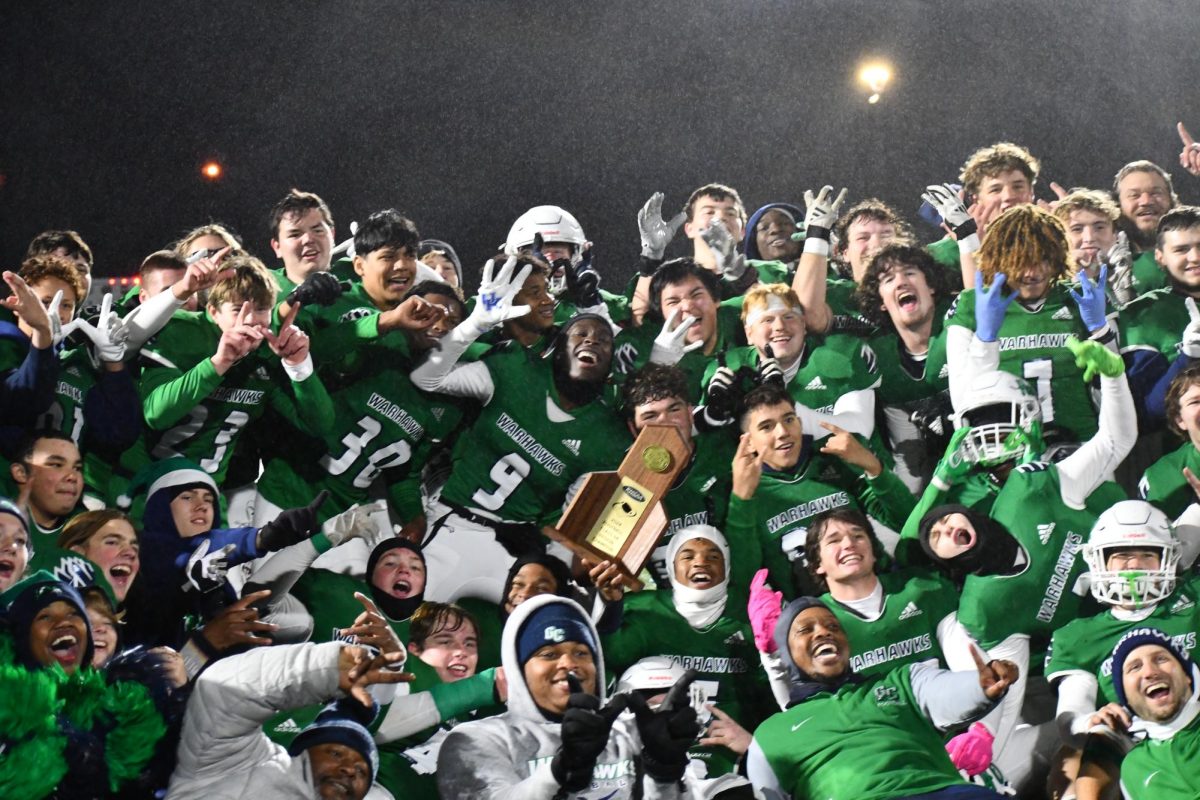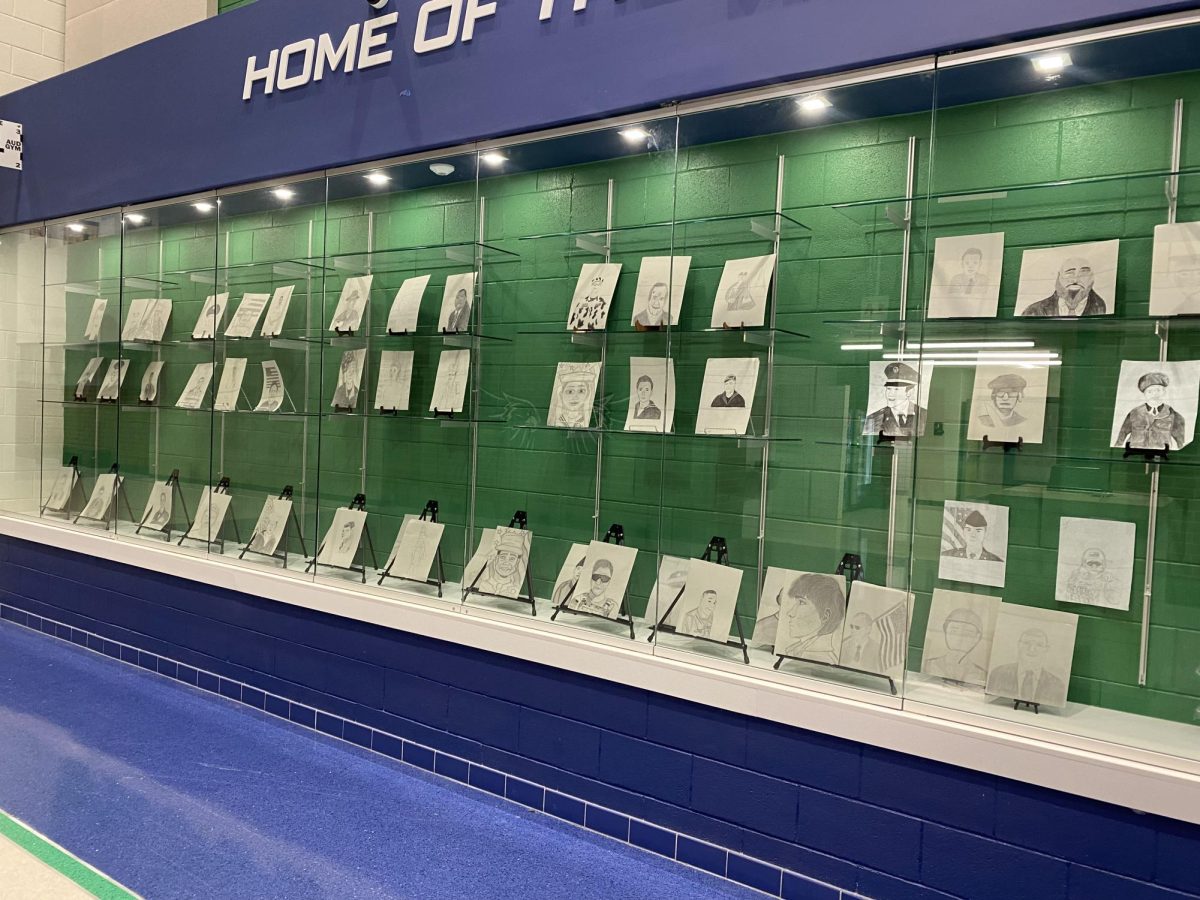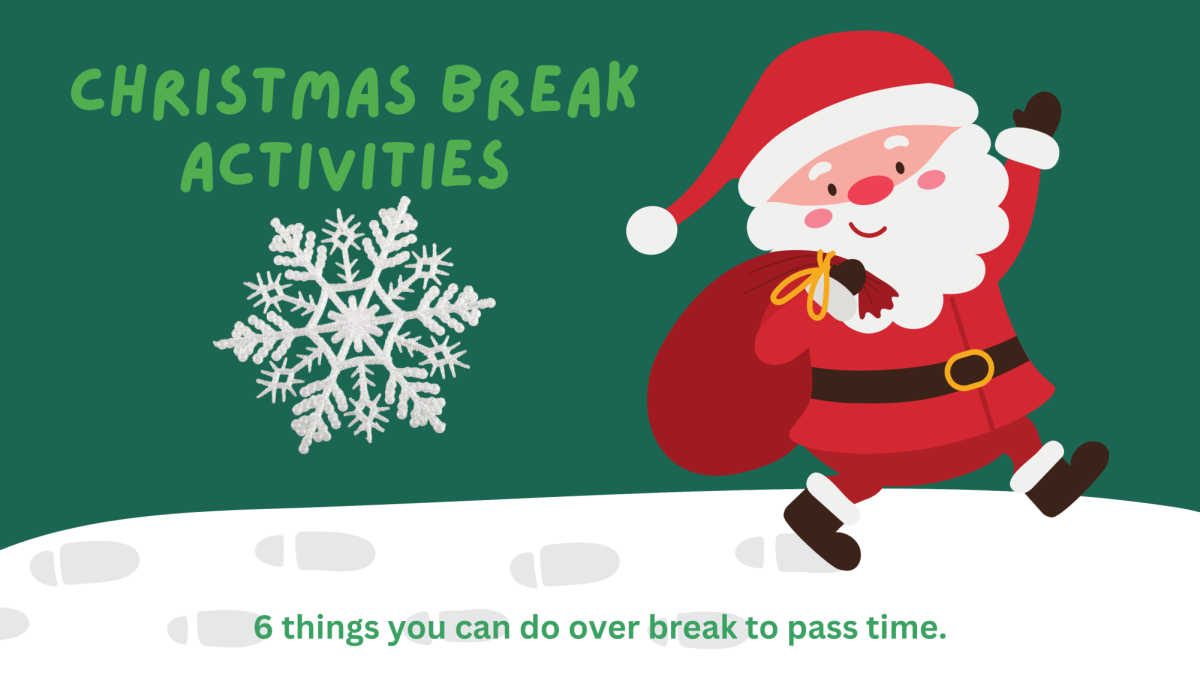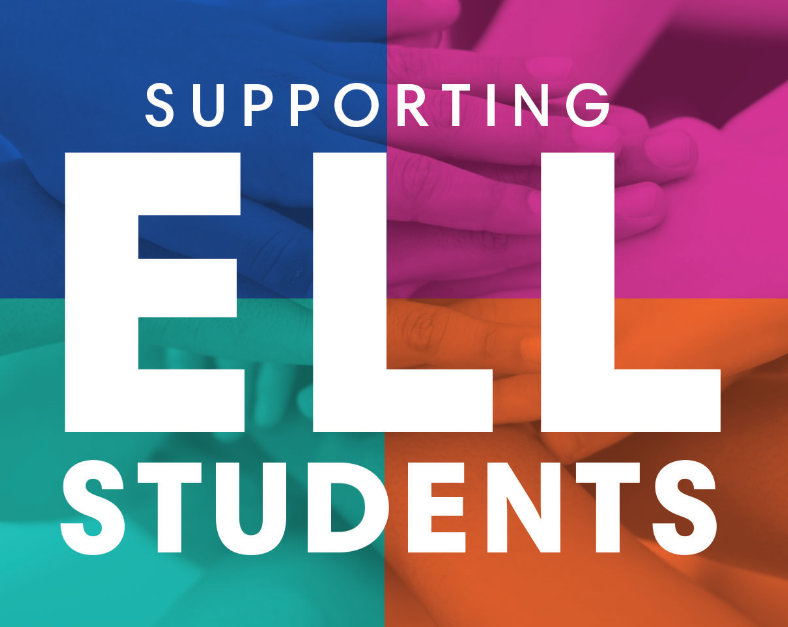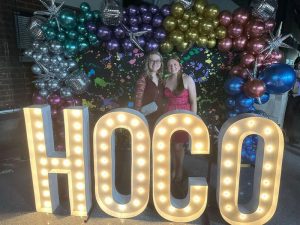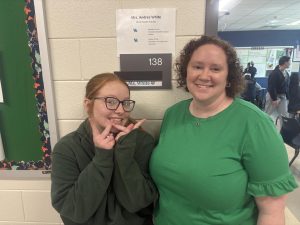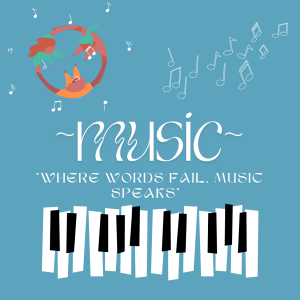ELL Program Helps Students Tackle a New Language
GCHS has a growing percentage of students that are part of the ELL program which is focused on helping non-native English speakers be successful.
February 2, 2023
Have you ever been in a situation where you feel confused by the sounds surrounding you?
Or have you had trouble communicating with others in the same place? This is the situation for many of our GCHS students that speak Spanish or another language other than English as their native language. These students receive support through the English language learner (ELL) program.
ELL is a program to help students who speak another language learn how to write, read, speak, and understand English at a proficient level. ELL helps students build skills while learning English in both written and oral forms.
April Carwile is the ELL teacher for GCHS. She explained that there are many levels of support for students that don’t have English as their first language. Some need more intense supports like a specialized ELL section designed for students new to the country or with limited English skills. She said, “We don’t have homework in the ELL class for newcomers. I will put assignments in Google Classroom–things like duo lingo or some writing or speaking practice– but we do those during class.”
Carlisle acknowledged that many of the beginning lessons are not the typical ones done with paper and pencil. She said, “I try to make a lot of class activities hands on or group work. I think students learn best from each other. We love to play games. We are a very competitive group,” she adds.
Newcomers in the ELL program spend time learning the English language. “We start small with alphabet letters, names and sounds. We have worked on lots of words and phrases to just get through the day. It is important for students to know how to ask in English to use the restroom or what time lunch is.”
Carwile also spends a lot of time helping students with classwork and homework assignments from their other classes. She said, “Sometimes students will come and take tests or complete assignments with me. Sometimes, I help just by looking at their grades and going over missing assignments with them.”
Communicating with newcomers can be hard. Mrs.Carwile said, “We use a lot of Google Translate for communication. I have a translator app on my phone that helps by also translating by taking pictures of documents. It also will say the translation, not just have the students read the translation.”
In addition to their ELL class, English language learners take core content classes like everyone else. Francisco Alguera explained what content teachers could do to help ELL students be successful in their class. “Giving us more time to finish homework or maybe giving less homework is helpful,” he stated.
Freshman Nicole Regalado is a student in the ELL program. She believes that teachers can help language learners by “Having patience with us and giving us examples. This helps us understand what they’re teaching us,” she said.
Eventually students exit the ELL program as their skills grow. This is determined by their performance on the ACCESS test, which has sections for reading, listening, speaking, and writing. “Once a student reaches a composite score of 4.5, they test out of the ELL program,” said Carwile.
She added, “After a student tests out, they are monitored for 4 years to make sure they are on track. During that time, they don’t receive any services from the ELL teacher and they don’t have to take the ACCESS test.”
ELL has been helpful to students to be able to understand their sounds around their surroundings. It has helped them communicate more with their classmates and teachers.

